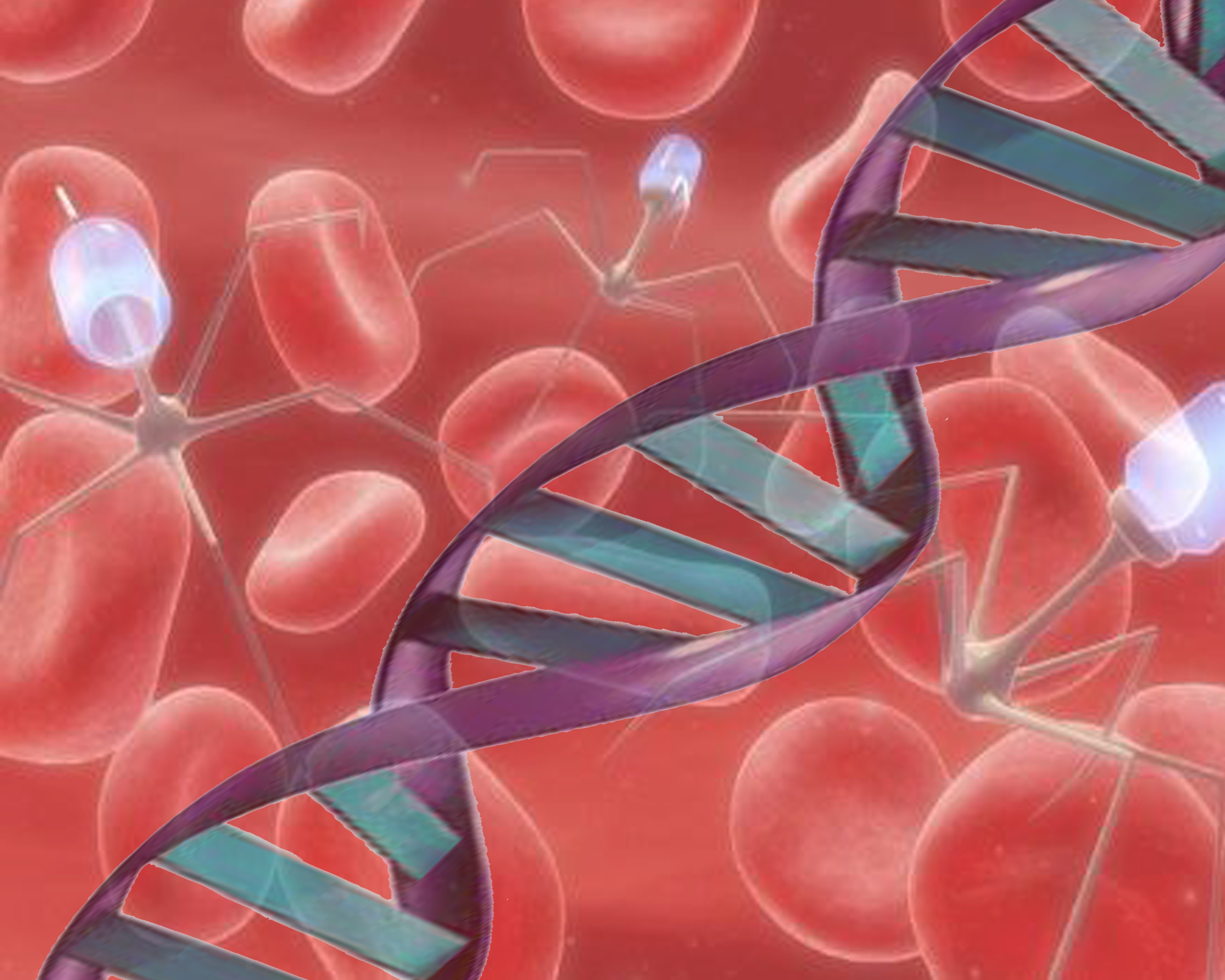Contribution of the genome and the environment in the development of acute leukemia in childhood
Keywords:
LEUKEMIA, ETIOLOGY, GENETICS, ENVIRONMENT, RISK FACTORS.Abstract
Introduction: in addition to being the most common cancer in childhood, leukemia was the leading cause of death due to neoplasms in Cuban children during the year 2015. The risk of acute leukemia in childhood which is attributable to genetic predisposition, environmental factors and the interaction of both is unknown in Pinar del Río.
Objective: to determine the contribution of genetic and environmental factors along with the interaction between them in the development of acute leukemia throughout pediatric ages from 1985 to 2015.
Method: an observational-analytical, case-control, population-based study was carried out in the confirmatory phase. The sample consisted of 39 cases from Pinar del Río province with a history of having been diagnosed with acute leukemia before the age 19, and 78 controls matched according to age, sex and area of residence.
Results: exposure to pesticides / insecticides was the predominant environmental risk factor (OR = 5.91, 95% CI: 2.51-13.94). The history of viral infections was considered a protective factor (OR = 0.14; 95% CI: 0.05-0.42), positive family history of leukemia was interpreted as genetic risk (OR = 4.05, 95% CI: 1.11-14.80), the environmental genome interaction increased twice the risk of leukemia (OR = 2).
Conclusions: positive environmental exposure and the presence of predisposing genotype increase the risk of acute leukemia in children from Pinar del Río, confirming the multifactorial nature of this disease.
Downloads
References
1. 1. Organización Mundial de la Salud (OMS): http://www.who.int/mediacentre/factsheets/fs297/es/
2. Ministerio de Salud Pública de Cuba. Anuario Estadístico de Cuba 2015 [Internet]Disponible en: http://bvscuba.sld.cu/anuario-estadistico-de-cuba/
3. Brisson GD, Alves LR, Pombo-de-Oliveira M. Genetic susceptibility in childhood acute leukaemias: a systematic review. Ecancermedicalscience [Internet] 2015 [citado 2015 sep 06];14(9):539.Disponible en: http://www.ncbi.nlm.nih.gov/pmc/articles/PMC4448992/
4. Metayer C, Milne E, Clavel J, Infante-Rivard C, Petridou E, Taylor M, et al. The Childhood Leukemia International Consortium. Cancer Epidemiol [Internet] 2013 [citado 2016 jun 02];37(3):[Aprox.11p].Disponible en: http://www.ncbi.nlm.nih.gov/pmc/articles/PMC3652629/
5. Marcotte EL, Ritz B, Cockburn M, Yu F, Heck JE. Exposure to Infections and Risk of Leukemia in Young Children. Cancer Epidemiol Biomarkers Prev [Internet] 2014 [citado 2015 ago 05]; 23 (7):[Aprox.8.p] Disponible en: https://www.ncbi.nlm.nih.gov/pubmed/24793957
6. Jiun-Nong L, Cheng-Li L, Ming-Chia L, Chung-Hsu L, His-Hsyun L, Chih-Hui Y et al. Risk of leukaemia in children infected with enterovirus: a nationwide, retrospective, population-based, Taiwanese-registry, cohort study. The Lancet oncology [Internet] 2015 [citado 2015 sep 06];23(2):[Aprox.16p]. Disponible en: http://www.thelancet.com/journals/lanonc/article/PIIS1470-2045%2815%2900060-1/fulltext
7. Whitehead TP, Metayer C, Wiemels JL, Singer AW, Miller MD. Childhood Leukemia and Primary Prevention. Curr Probl Pediatr Adolesc Health Care. [Internet] 2016 [citado 2017 mar 04]; 46(10): [Aprox.35.p]. Disponible en: https://www.ncbi.nlm.nih.gov/pmc/articles/PMC5161115/
8. Bailey HD, Infante-Rivard C, Metayer C, Clavel J, Lightfoot T, Kaatsch P et al. Home pesticide exposures and risk of childhood leukemia: Findings from the Childhood Leukemia International Consortium. Int J Cancer [Internet] 2015 [citado 2017 mar 03];137(11):[Aprox.19.p.]. Disponible en: https://www.ncbi.nlm.nih.gov/pmc/articles/PMC4572913/
9. Hernández AF, Menéndez P. Linking Pesticide Exposure with Pediatric Leukemia: Potential Underlying Mechanisms. Int J Mol Sci. [Internet] 2016 [citado 2017 abr 01];17(4):461. Disponible en: https://www.ncbi.nlm.nih.gov/pmc/articles/PMC4848917/
10. Gabriel AS, Lafta FM, Schwalbe EC, Nakjang S, Cockell SJ, Iliasova A, et al. Epigenetic landscape correlates with genetic subtype but does not predict outcome in childhood acute lymphoblastic leukemia. Epigenetics [Internet] 2015 [citado 2016 dic 15];10(8):[Aprox.9p]. Disponible en: https://www.ncbi.nlm.nih.gov/pmc/articles/PMC4622588/
11. Vicente C, Schwab C, Broux M, Geerdens E, Degryse S, Demeyer S et al. Targeted sequencing identifies associations between IL7R-JAK mutations and epigenetic modulators in T-cell acute lymphoblastic leukemia. Haematologica. [Internet] 2015 [citado 2016 dic 15];100(10):[Aprox.9.p].Disponible en: https://www.ncbi.nlm.nih.gov/pmc/articles/PMC4591762/
12. Pombo-de-Oliveira MS, Emerenciano M, Winn AP, Costa I, Mansur MB, Ford AM. Concordant B-cell precursor acute lymphoblastic leukemia in non-twinned siblings. Blood Cells Mol Dis. [Internet] 2015[citado 8 Mar 2017];54(1):110-115. Disponible en:
https://www.ncbi.nlm.nih.gov/pubmed/25150625/
13. Tian X, Shundong D, Sun J, Jiang S, Jiang Y. Association between TP53 Arg72Pro polymorphism and leukemia risk: a meta-analysis of 14 case-control studies. Sci Rep. [Internet] 2016 [citado 2017 abr 03];6: 24097. Disponible en: https://www.ncbi.nlm.nih.gov/pmc/articles/PMC4823650/
14. Evans TJ, Milne E, Anderson D, Klerk de N, Jamieson SE, Talseth-Palmer BA, et al. Confirmation of Childhood Acute Lymphoblastic Leukemia Variants, ARID5B and IKZF1, and Interaction with Parental Environmental Exposures. PLoS One [Internet] 2014 [citado 2016 nov 20];9(10):e110255.Disponible en: https://www.ncbi.nlm.nih.gov/pmc/articles/PMC4195717/
15. Rudant J, Orsi L, Bonaventure A, Goujon-Bellec S, Baruchel A, Petit A et al. ARID5B, IKZF1 and Non-Genetic Factors in the Etiology of Childhood Acute Lymphoblastic Leukemia: The ESCALE Study. PLoS One. [Internet] 2015 [citado 2017 mar 08];10(3):e0121348. Disponible en:
http://journals.plos.org/plosone/article?id=10.1371/journal.pone.0121348

Published
How to Cite
Issue
Section
License
Authors who have publications with this journal agree to the following terms: Authors will retain their copyrights and grant the journal the right of first publication of their work, which will be publication of their work, which will be simultaneously subject to the Creative Commons Attribution License (CC-BY-NC 4.0) that allows third parties to share the work as long as its author and first publication in this journal are indicated.
Authors may adopt other non-exclusive license agreements for distribution of the published version of the work (e.g.: deposit it in an institutional telematic archive or publish it in a volume). Likewise, and according to the recommendations of the Medical Sciences Editorial (ECIMED), authors must declare in each article their contribution according to the CRediT taxonomy (contributor roles). This taxonomy includes 14 roles, which can be used to represent the tasks typically performed by contributors in scientific academic production. It should be consulted in monograph) whenever initial publication in this journal is indicated. Authors are allowed and encouraged to disseminate their work through the Internet (e.g., in institutional telematic archives or on their web page) before and during the submission process, which may produce interesting exchanges and increase citations of the published work. (See The effect of open access). https://casrai.org/credit/


